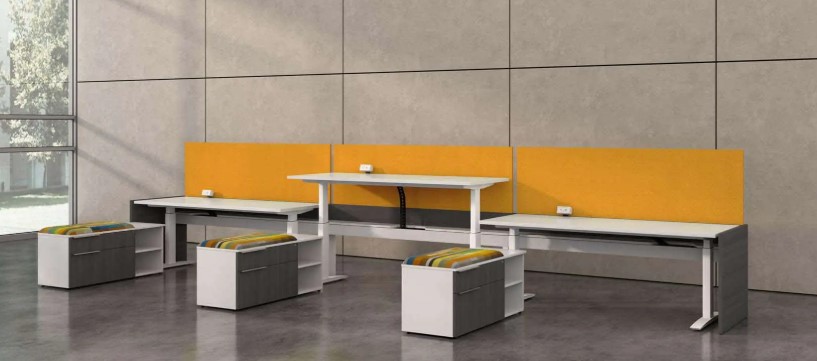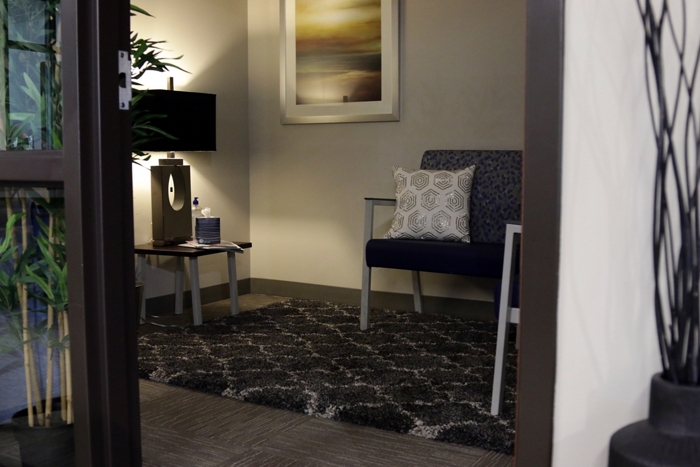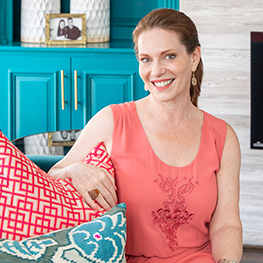As businesses re-open and employees return to work, leaders are forced to consider social distancing within the office to keep employees, partners and customers safe. These new dynamics aren’t only about ample space between work areas and providing hand sanitizer. There are numerous other factors that, when properly addressed, can create an environment that supports physical, mental and emotional health for all involved. Working with an experienced interior designer can help your organization to create this safe environment, while reducing workplace stress.
As our friends at Avanti Systems USA explain in the below infographic, “it is important for companies to create workplace settings that encourage efficiency and improve productivity while abiding by social distancing preferences. A workspace that ticks these boxes requires improved structure, lighting, noise reduction, ergonomic features, and the addition of organic components. Discover the details of how a workspace can improve productivity through architecture and design with the below infographic.”
Next, we’ll share the following seven points from partner Andrew J. Kopy, senior architectural workspace consultant with Collaborative Office Interiors.
- “Consider the physical barriers which are in place such as walls or cubicle walls. Glass or Plexiglass can be added to cubicle panels to create physical barriers without blocking visual contact in the workspace.
- Glass Demountable walls can be used to divide open workspaces into neighborhoods with visual contact and create social distancing in the open environment.

- Consider establishing temporary barriers such as whiteboards and sealed openings between cubicles.
- Where there are no barriers, but the appropriate distance exists, consider placing a visual reminder to maintain social distance.
- In reception areas, limit the number of seats. Organize seats in such a manner so there is at least 6-feet between chairs.
- Use phones, videos or video conferencing to reduce the need for in-person meetings and other close personal contacts.
- Breakrooms should be managed to reduce communal use. If safe distances cannot be maintained, consider finding alternative areas to take breaks.”
The tips above primarily focus on office furniture and supplies to meet COVID-19 safety precautions. What are the interior design aspects that should also be addressed? Work environments should no longer permit handshaking, fist bumps and high fives so employers should consider other ways to update their offices to be nurturing and positive. Painting your office in calming colors is an inexpensive first step and you can opt to paint the entire office or specific accent walls. A new coat of paint also signals to your team a fresh start, which we certainly want. Remember: your office doesn’t have to deplete color and personality in order to achieve a hygenic atmosphere.
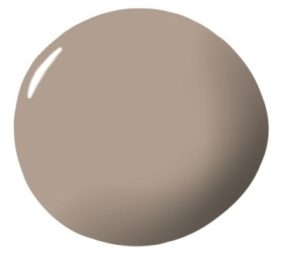 While this Elle Décor article offers 25 paint colors chosen for offices, we’ll share two of our favorites. Despite its name, Dead Salmon by Farrow & Ball is “a great choice for an office due to its mellowing effect. It’s not too pink but also not too fleshy and looks great with aged wood and modern materials,1” according to Bella Zakarian Mancini of Bella Mancini Design.
While this Elle Décor article offers 25 paint colors chosen for offices, we’ll share two of our favorites. Despite its name, Dead Salmon by Farrow & Ball is “a great choice for an office due to its mellowing effect. It’s not too pink but also not too fleshy and looks great with aged wood and modern materials,1” according to Bella Zakarian Mancini of Bella Mancini Design.
Meredith Ellis of Meredith Ellis Design recommends Blue Echo by Benjamin Moore as shown at right. “I believe life 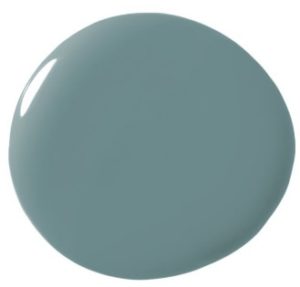 should be lived in color, and your work space is no exception. This rich blue has subtle tones of gray and works for every square inch of the room when you vary the sheen—walls, trim, bookcases, you name it. It provides a pleasant environment to inspire creative minds!” Yes, we agree!
should be lived in color, and your work space is no exception. This rich blue has subtle tones of gray and works for every square inch of the room when you vary the sheen—walls, trim, bookcases, you name it. It provides a pleasant environment to inspire creative minds!” Yes, we agree!
Still, employee morale will rely on more than paint color. Did you know that some interior design techniques can also help beat feelings of isolation? For instance, establishing varying work areas that allow employees to comfortably spread out and still see and connect with co-workers is important. A variety of seating styles is also recommended since many workers may have grown accustomed to working in the comfy settings of home. Use a mixture of desks, sofas and chairs to create areas conducive to working and socializing. Height adjustable desks like the three shown below from Collaborative Office Interiors have grown in popularity over the last several years. These, too, can be interwoven into work spaces, allowing staff to stand or sit to get work done with appropriate distancing on all sides.
Additionally, professionals need to think about ways to minimize the spread of germs, especially in common areas. “The counter at the office kitchenette, conference tables and conference room chairs to name a few. These surfaces can be treated or made with anti-microbial properties which have the ability to kill any microbes that are transmitted by human contact to the surface,” according to a recent article in WorkDesign Magazine2. Of course, proper sanitizing from facilities crews are paramount but considering the surface materials is also critical.
We recommend overlaying dated countertops in the kitchen and bathrooms with an anti-microbial 6 Millimeter Porcelain from partners such as Thorntree. The variety in colors and styles that I saw when I was last at the Thorntree showroom in Houston was impressive. One of its wall displays is shown below and you can really see the varied options.
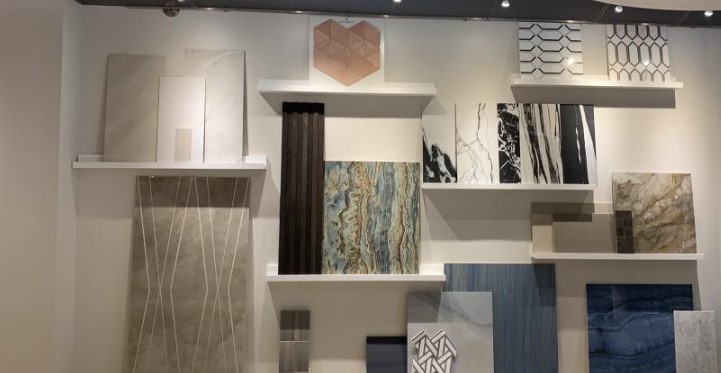
For organizations with enough square footage, I expect to see the continued trend of relaxation areas or wellness rooms that invite employees to take a short break from the hustle and bustle of the workday to meditate, stretch or simply rest. As Kathy explains in an Open Sourced Workplace article: “A productive office means setting aside space inside the workplace with employee well-being in mind.”
These wellness rooms don’t need to sizeable to be restorative. In fact, these areas are typically smaller by design, emphasizing use by one or two people at a time. Of course, this also aligns wells with the COVID-19 restrictions. Incorporate natural light when you’re able to do so and adjust artificial lighting to a softer setting. Indoor plants provide a natural aesthetic that can also improve the air quality. Choose furniture with soft curves rather than sharp angles to soften the room’s overall appearance. Select fabrics for furniture and rugs that are easy to clean and disinfect. A room that accomplishes much of this is shown here, compliments of Open Sourced Workplace.
A whole host of interior design techniques can help employees manage the transition back to the office, while maintaining a well-rounded approach to health. If we can help your business update its interiors, contact Pamela Hope Designs.
Resources and References:
1). Elle Décor Editors. “25 Designer-Approved Home Office Paint Colors.” Elle Décor, April 10, 2020, https://www.elledecor.com/design-decorate/color/news/a8927/best-office-colors/.
2). Megan Hart. “Rethinking Workplace Design In The Wake Of COVID-19.” WorkDesign Magazine, https://www.workdesign.com/2020/04/return-to-the-workplace-design-in-the-wake-of-covid-19/.
3). Kathy. “Designing A Corporate Wellness Room: Boosting Employee Well-Being At Your Company.” Open Sourced Workplace, Oct. 2, 2019, https://www.opensourcedworkplace.com/news/designing-a-corporate-wellness-room-boosting-employee-well-being-at-your-company.


